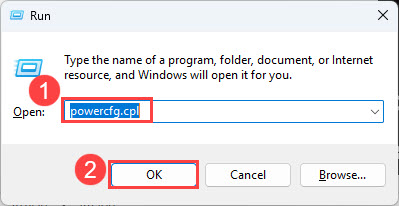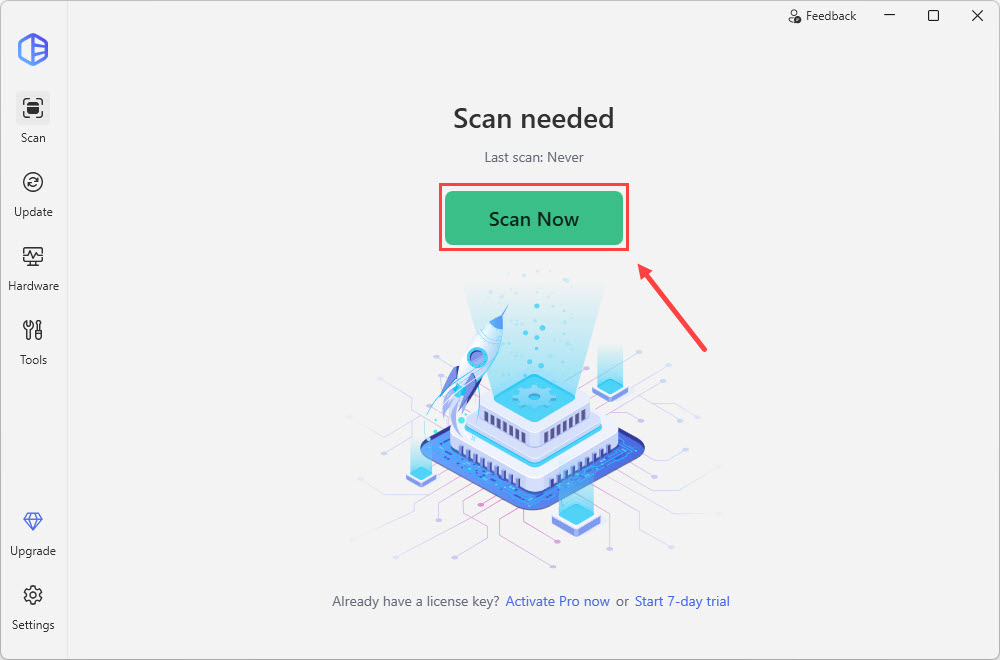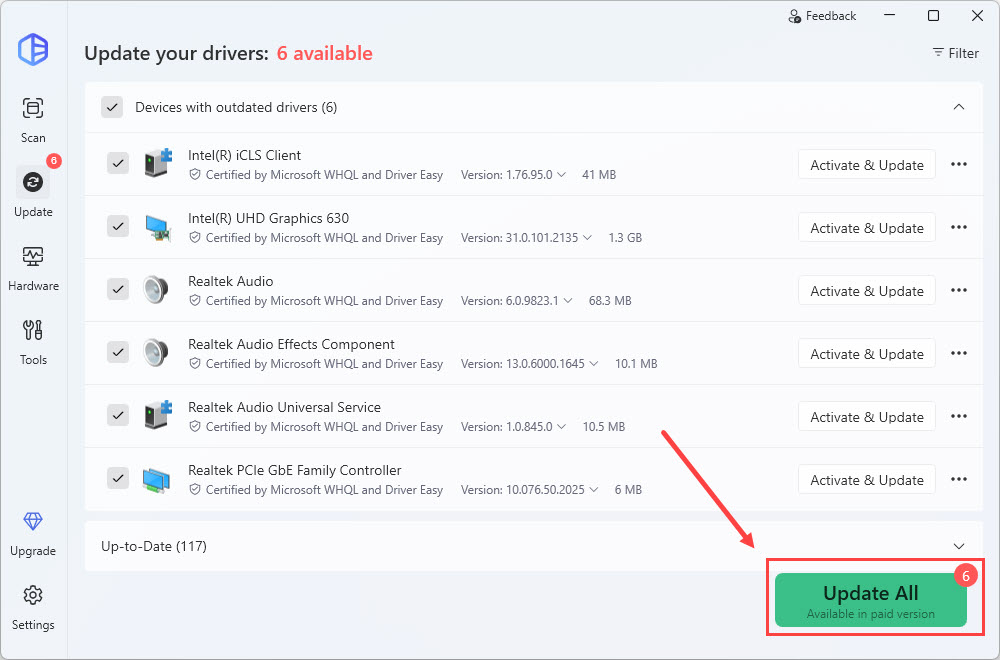
Are you frustrated by the slow boot problem on Windows 10 or 11? Many users are struggling with this problem, especially if they’ve upgraded to Windows 10/11 upgrade from an earlier version of Windows. But don’t worry. We’ve put together some easy and helpful methods that usually fix the problem.
How do I fix Windows 10/11 slow boot?
- Disable Fast Startup
- Disable Processes with High Startup Impact
- Update your graphics card driver
- Do a clean install of Windows 10
Method 1: Disable Fast Startup
The first quick and easy method to solve the problem is to disable Fast Startup on your Windows 10/11 device.
Fast Startup is a default-enabled feature in Windows 10/11. It is supposed to reduce startup time by pre-loading some boot information before your PC shuts off. It works similarly as Hibernation. But many users have reported it’s causing issues.
1) On your keyboard, press the Windows logo key and R to invoke the Run dialog box. Then type powercfg.cpl, and click OK.

2) Click Choose what the power button does.

3) Click Change settings that are currently unavailable.

4) Untick Turn on fast startup (recommended). Then Click Save Changes.

5) Reboot your Windows 10/11 device and check to see if it boots quickly. If you’re still experiencing a slow boot, you can move on to our next method.
Method 2: Disable Processes with High Startup Impact
Some unnecessary processes with high startup impact can make your Windows 10/11 computer boot slowly. You can disable those processes to fix your problem.
Note: Except for the crucial security software.
1) On your keyboard, press the Shift + Ctrl +Esc keys at the same time to open Task Manager.
2) Click Startup and see what unnecessary processes are enabled with high startup impact.

3) Right-click on any processes that need to be disabled. Then click Disable and close the window.

4) Reboot your Windows 10/11 computer and check to see if it boots quickly. If it still boots slowly, you can move on to our third method.
Method 3: Update your graphics card driver
If there are any old or corrupted drivers on your Windows 10/11 PC, this can cause your computer to boot slowly. You can update your device drivers to solve your problem.
You can do this manually by downloading the latest drivers from your graphics card manufacturer’s official website. You’ll need to find exactly the correct driver, though. If you’re not confident playing around with drivers manually, or if you want to save some time, you can use Driver Easy to do it automatically.
1) Download and install Driver Easy.
2) Run Driver Easy and click the Scan Now button. Driver Easy will then scan your computer and detect any problem drivers. Your sound driver is no exception.

3) Click Update All to automatically download and install the correct version of all the drivers that are missing or out of date on your system (this requires the Pro version – you’ll be prompted to upgrade when you click Update All).

4) Reboot your Windows 10/11 computer and check to see if it boots quickly.
Method 4: Do a clean install of Windows 10
If none of the previous three tips worked, you can choose to do a clean install of Windows 10/11 on your computer.
See How to do a clean install of Windows 10.
Hopefully by following the above methods, you’ll find a solution that works for you so your computer starts up quickly again.





